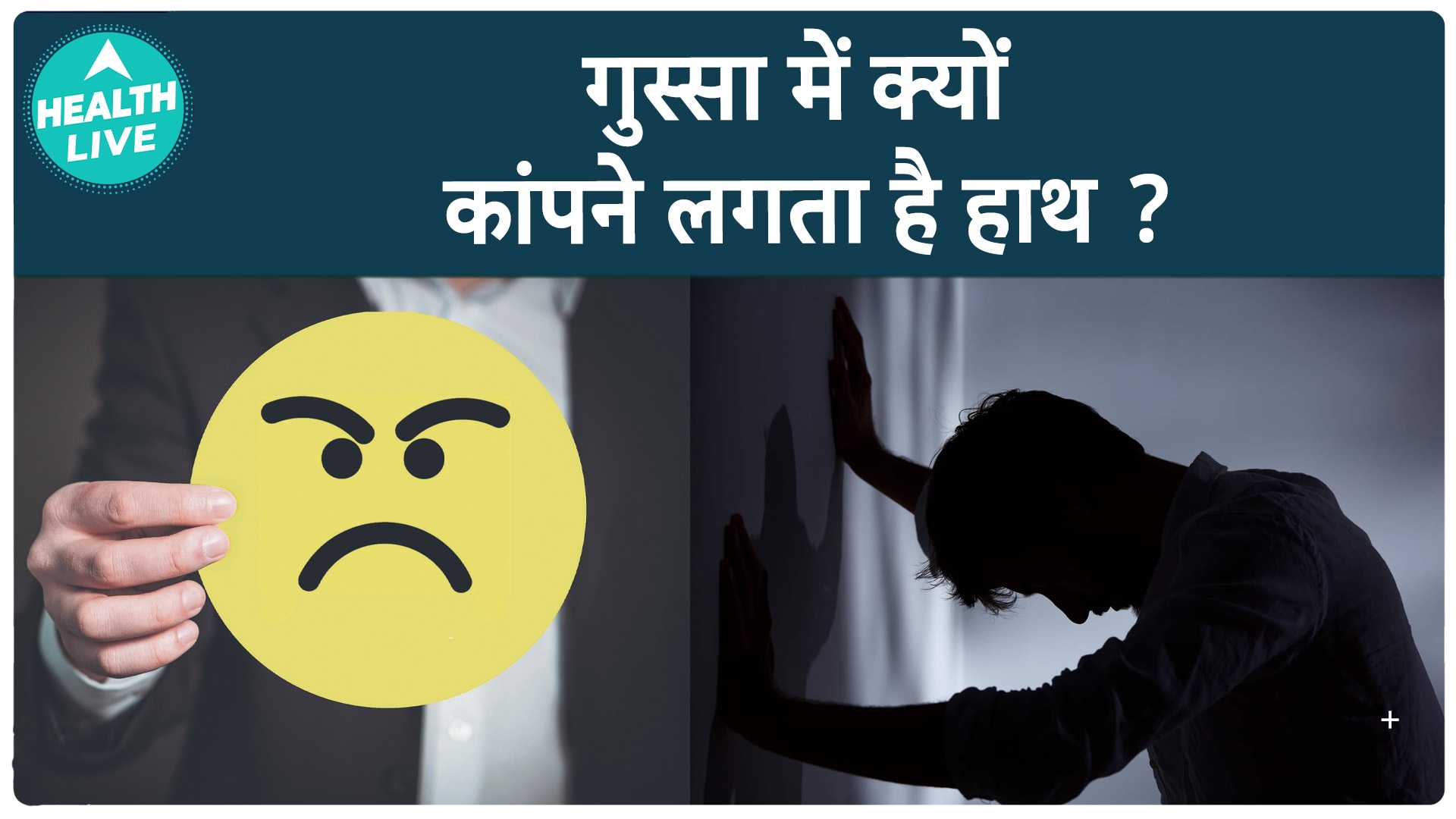After the pandemic, the gap between rich and poor has widened dramatically worldwide, and Norway and the United States are no exception. In the U.S.
, about one in five kids are growing up in families that struggle to afford even basic needs. In Norway, that number is around eleven percent. How does this impact children and their lifelong education? In this episode, we talk with professors and psychologists Eric Dearing from Boston College and Henrik Daae Zachrisson from the University of Oslo about the challenges of growing up in a low-income family and the critical importance of high-quality preschool education.

The gift that lasts a lifetime When looking at different families living in poverty, the ways they experience disadvantage can vary greatly. One family might struggle with housing, while another might face food insecurity. And it also varies for individual families over time.
They may find ways to make ends meet one month and then be in crisis the next." Eric Dearing, Professor, Boston College Dearing visited the University of Oslo in September 2024 to accept his honorary doctoral degree. In general, however, children in low-income families face higher rates of homelessness, food insecurity, and have fewer resources at home that are enriching for children.
"We might find fewer books, a lower likelihood of having a tablet or some other access to the internet, and they're at greater risk of being exposed to environmental toxins. There are also tremendous differences depending on luck and bad luck," Dearing said. Having a home—or not The housing situation in Norway is different from that in the United States; homelessness among families with children is very rare.
However, home ownership is low compared to the general population. Norway is a country where most people own their homes. "We should emphasize that while we often talk about families living in poverty as a homogeneous group, some parents with little money will provide great homes for their kids and do everything in their power for them to thrive," said Henrik Daae Zachrisson.
"It's very important to keep that in mind," he added. The two psychologists have been working together for many years on early childhood education, social inequality in early education, and the consequences of childhood poverty. Their research suggest that high-quality preschooling is a resource with the potential to truly transform lives.
Related Stories Early food insecurity linked to higher obesity risk in childhood The positive impact of ULEZ on children's health and environment Obesity medication liraglutide is safe and effective in children aged 6 to <12 years Education is widely seen as having the power to even out socioeconomic differences. How true is that? "I think it's true and not true," Dearing said. "Education and loving care for children are key to equity and thriving.
Any small efforts we make will lead to small improvements. Larger efforts lead to bigger improvements," he said during the podcast conversation. "But the ways in which poor children are disadvantaged compared to children in middle-income families—even those not the most affluent—are dramatically different.
The number of opportunities those children have is vastly greater than those in low-income and poor families," he explained. School readiness skills "Even in Norway," Zachrisson said, "if we compare children growing up in families where parents have few years of education or limited income to those growing up in more affluent and educated families, we find substantial gaps in all areas of what we call school readiness skills." These skills include self-regulation, the ability to focus and pay attention, organizing thoughts and feelings in behavior, as well as early reading and language comprehension abilities.
So, what experiences promote those skills? "In Norway, kids from low-income families or those with less-educated parents who enter daycare before age two see great benefits from kindergarten," Zachrisson explained. "Our early education programs, which promote language development throughout early childhood and academic skills once the kids are a few years into school—even as early as first grade—make a real difference for these kids. We have very strong evidence for this in Norway," he said.
Among the active ingredients are a high proportion of educated childcare teachers, quality interactions in the childcare center, and ample availability of quality learning materials, to name a few. Diversity of experience is critical While researchers are still trying to figure out what the ideal early education and care environment looks like, plenty of qualified suggestions can be found in the available literature. "We also know," added Dearing, "that conversation with adults is critically important.
Having chances to playfully learn—having child-led opportunities where adults follow the children more than the reverse—and providing many diverse opportunities to enrich their experiences are crucial." "Diversity of experience is really critical," he said, "and so is a warm and loving environment." Professors Dearing and Zachrisson are both involved in CREATE Center for Research on Equality in Education, a brand-new Centre of Excellence and the first of its kind within educational sciences in Norway.
Faculty of Educational Sciences, University of Oslo.


















